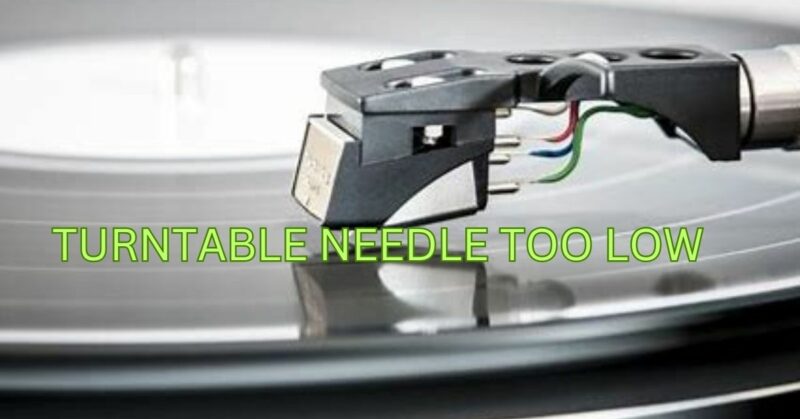Turntables have been making a comeback in recent years, with vinyl enthusiasts rediscovering the joys of analog sound. However, like any mechanical device, turntables can experience issues, and one common problem is a needle that is too low. This article aims to provide a comprehensive guide to troubleshooting and addressing the issue of a turntable needle being too low. By understanding the causes and potential solutions, you can ensure optimal performance and prolong the lifespan of your turntable.
Section 1: Understanding the Issue
To address the problem of a turntable needle being too low, it’s important to first understand what causes it. There are several potential factors that contribute to this issue. One common cause is incorrect turntable setup. If the turntable is not properly balanced or leveled, the tonearm may not be able to maintain the correct height, resulting in a needle that is too low. Additionally, worn-out or damaged suspension springs can also lead to a lower needle position.
Section 2: Troubleshooting and Solutions
2.1 Checking the Turntable Setup:
The first step in troubleshooting a low turntable needle is to ensure the turntable is properly set up. Start by verifying that the turntable is placed on a stable surface and is leveled. Use a spirit level to check the platter’s horizontal position. If the turntable is not level, adjust the feet or use shims to achieve the correct balance.
2.2 Inspecting the Suspension Springs:
Worn-out or damaged suspension springs can cause the needle to sink lower than it should. Examine the springs for any signs of wear or breakage. If the springs appear damaged, consult the turntable’s manufacturer for replacement springs. Installing new springs can help restore the proper needle height.
2.3 Adjusting the Counterweight:
The counterweight on the tonearm plays a crucial role in maintaining the correct tracking force for the needle. If the counterweight is not set correctly, it can result in a needle that is too low. Refer to the turntable’s manual to determine the appropriate tracking force for your cartridge, and then adjust the counterweight accordingly. This will help ensure that the needle maintains the correct height during playback.
2.4 Replacing the Cartridge:
If you have checked the turntable setup, inspected the suspension springs, and adjusted the counterweight, but the needle is still too low, the issue may lie with the cartridge itself. Over time, cartridges can wear out or become misaligned, causing the needle to sit lower than it should. Consider replacing the cartridge with a new one, ensuring it is compatible with your turntable.
Section 3: Maintenance and Prevention
Regular maintenance can help prevent the issue of a low turntable needle. Keep your turntable clean and free from dust and debris, as these can affect the performance of the suspension system. Additionally, handle the turntable with care, avoiding any rough or sudden movements that could cause damage to the springs or other components.
A turntable needle that is too low can impact the sound quality and overall performance of your turntable. By understanding the causes and solutions to this issue, you can troubleshoot and resolve the problem effectively. Checking the turntable setup, inspecting the suspension springs, adjusting the counterweight, and replacing the cartridge, if necessary, are key steps to address the problem. Furthermore, regular maintenance and careful handling will help prevent the issue from recurring. By taking these measures, you can enjoy your vinyl collection with optimal sound quality and prolong the life of your turntable.


